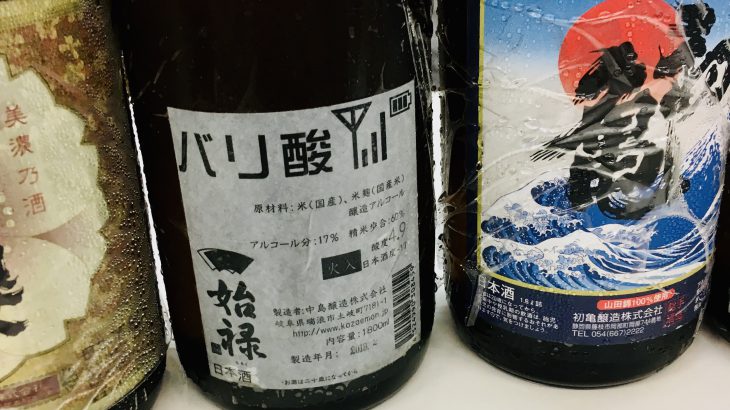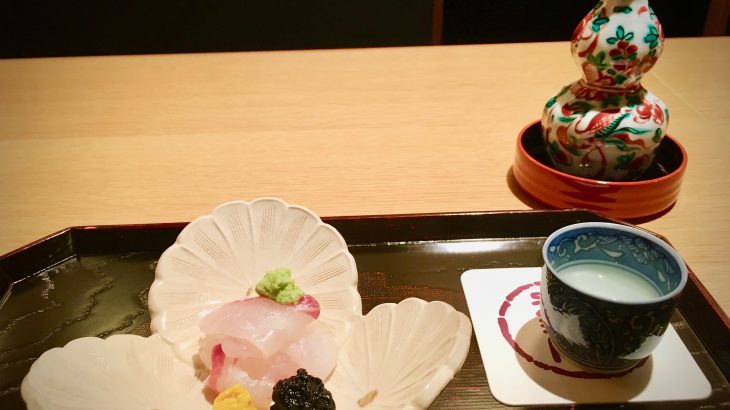Sake? Nihonshu? Seishu? Outside of Japan, Sake is generally called Sake, but in Japan, sake is also a general name for alcoholic beverages, so it is generally called Nihonshu.The name “Nihonshu” was used to distinguish it from beer and wine from the Meiji period. What is Seishu? In Japan,we sometimes use the word “Seishu” to talk about Sake, Basically, all Nihonshu is Seishu. The definition of “Seishu” (as defined in the Liquor Tax Law of Japan) is fermented from rice, rice-Koji and water and filtered. (alcohol content of less than 22 degrees) *. * And some additives of the world […]
Sake is an alcoholic beverage made from rice. Usually, alcoholic beverages are made by producing alcohol by fermenting raw materials with the help of microorganisms. This method is used to make Sake, Wine and Beer. Sake is not a distilled spirit. Distilled spirits include be shochu, brandy, whiskey, vodka,gin etc. During the fermentation process, the yeast, which is a microorganism, consumes sugar and produces alcohol and carbon dioxide. Of the brewed liquors, the simplest form is to make the liquor by fermenting the sugar contained in the raw materials from the beginning, so it is thought that this was the […]
What is Sake? Sake is similar to beer and wine, because it is brewed. While beer is made by fermenting malt, sake is made by fermenting steamed rice. But,Sake is produced by a more complex process called parallel double fermentation compared to single fermentation for wine. The appearance is usually colorless and transparent, but some are slightly colored and cloudy, and others are fizzy like sparkling wine. The aroma of Sake is more subtle than wine and beer and has a distinctive smell, but some have a scent of flowers or fruit. If you want to know more about Sake, […]
Welcome to Sake World In ancientimes,Sake was a sacred drink to give thanks to the gods for a successful rice harvest. As time passed, it evolved from a tribute to the gods to first , a drink for powerful people and then later a drink for ordinary people. In the process of evolution, sake changed its appearance, changed its taste, and developed into a taste that was rooted in the characteristics of the region as an each sake reflected the food culture of various parts of Japan. About Sake Type of Sake How Sake made
Terms of Service Please read the following terms and conditions carefully before using Japan-Sake-Tourism (the following site) run by Office-Ichiyama (our company). If you use it, you agree to all of the following terms and conditions. 1. About copyright The copyright of all contents (information, images, etc.) contained in this site belongs to our company. Please refrain from using it on other websites or in printed materials except for personal use. 2. Disclaimer We do not guarantee the completeness, accuracy, timeliness, usefulness, etc. of the information, various services, and other matters related to the site. We are not liable for […]




